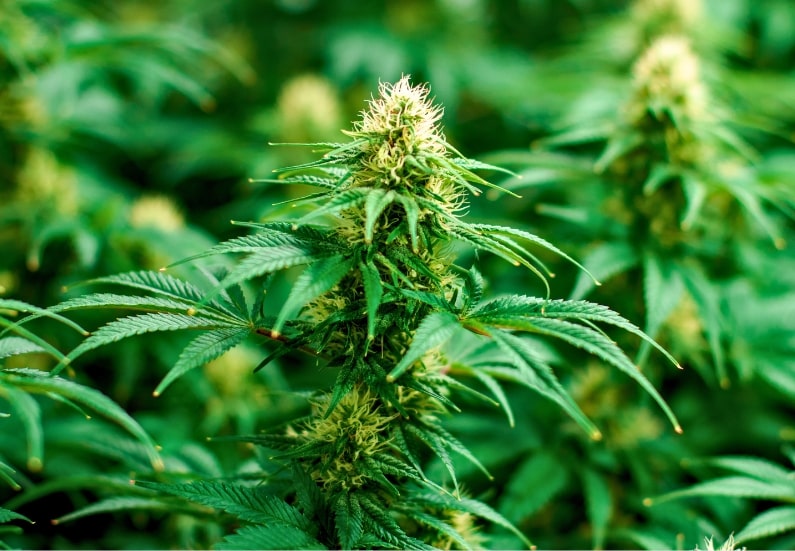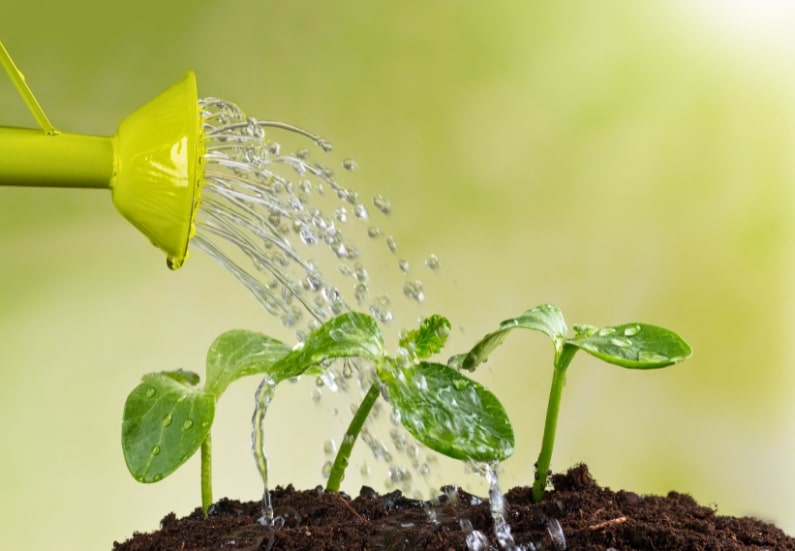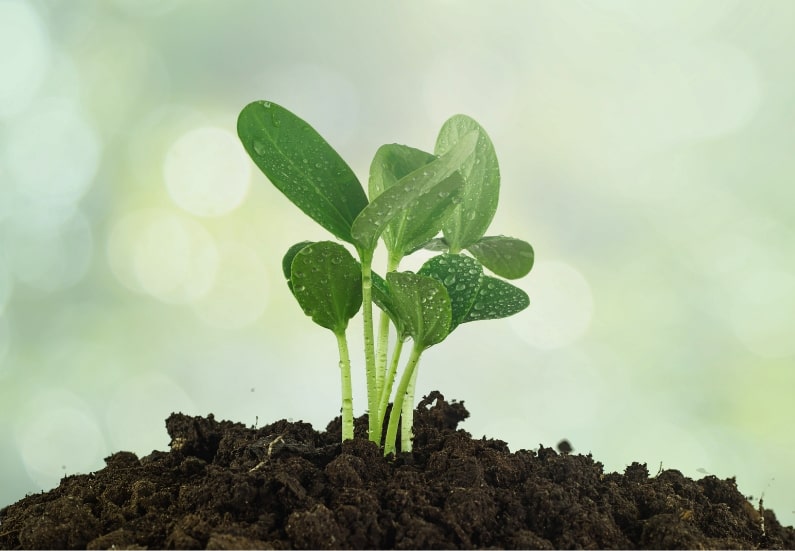Are you wondering how often you should water your plants in a grow box? Proper watering is essential for the health and growth of your plants, but it can be tricky to determine the right frequency. This article will provide tips and guidelines on how often to water your plants in a grow box. Following these suggestions ensures plants receive the proper water to thrive and flourish in their controlled environment.
Factors Affecting Watering Frequency
When it comes to watering your plants in a grow box, there are several factors that you need to consider to determine the proper watering frequency. These factors include the type of plants you are growing, the size of your grow box, the medium in which your plants are growing, and the environmental conditions such as temperature and humidity.
Growing different types of plants in your grow box will require different watering schedules. Some plants require more frequent watering, while others need to be watered less often. The size of your grow box will also affect how often you should water your plants. Larger grow boxes will hold more moisture and require less frequent watering than smaller boxes.
The medium in which your plants grow, such as soil or hydroponic systems, will also impact how often you should water your plants. Plants grown in soil will retain moisture differently than those grown in hydroponic systems, so adjusting your watering schedule is essential. Lastly, environmental conditions like temperature and humidity will also affect how often you should water your plants. Warmer temperatures and lower humidity levels will cause your plants to dry out faster and require more frequent watering.
Understanding Your Plants’ Watering Needs
To determine how often to water your plants in a grow box, it’s essential to understand their specific watering needs. Different plants have different water requirements, so it’s necessary to research the particular plants you are growing.
Some plants keep their roots moist, while others dry out between waterings. Understanding your plants’ water needs will help you develop a watering schedule tailored to their requirements. Additionally, some plants are more sensitive to overwatering, so avoiding watering them too frequently is essential.
Signs of Overwatering and Underwatering
Overwatering and underwatering your plants can harm their health and growth. It’s essential to recognize the signs of both issues so you can adjust your watering schedule accordingly.
Signs of overwatering include yellowing of the leaves, wilting, root rot, and mold or mildew growth. If you notice any of these signs in your plants, it’s a good indication that you are watering them too frequently. On the other hand, signs of underwatering include dry and crispy leaves, stunted growth, and wilting. If you notice these signs in your plants, it’s a sign that you need to increase your watering frequency.
Determining the Right Watering Frequency
So, how often should you water your plants in a grow box? The answer will vary depending on the factors mentioned earlier, but a general rule of thumb is to water your plants when the top inch of the soil feels dry to the touch. Stick your finger into the soil to check the moisture level – if it feels dry, it’s time to water your plants.
When determining the right watering frequency, it’s also essential to consider the size and type of plants you are growing. Larger plants with more extensive root systems require more frequent watering than smaller ones. In contrast, plants with shallow roots may need to be watered less often.
Tips for Proper Watering
To ensure your plants are getting the right amount of water, here are some tips for proper watering in a grow box:
- Water at the Right Time: Water your plants in the morning to allow for absorption during the day and to prevent excess moisture from lingering overnight, which can lead to mold and mildew growth.
- Use the Right Amount of Water: Water your plants with the right amount of water to avoid overwatering them. Generally, water your plants until you see excess water from the drainage holes in the grow box.
- Monitor Moisture Levels: Check the top inch of the soil regularly to determine its moisture content. Based on this information, adjust your watering schedule as needed.
- Consider Using a Self-Watering System: If you find maintaining a consistent watering schedule challenging, consider using a self-watering system for your grow box. These systems can help regulate moisture levels and ensure your plants get the proper water.
By following these tips and paying attention to the specific needs of your plants, you can ensure they are healthy and thriving in your grow box.
Conclusion
In conclusion, the frequency at which you should water your plants in a grow box will depend on various factors such as the type of plants, the size of your grow box, the medium in which your plants are growing, and the environmental conditions.
By understanding your plants’ watering needs, recognizing signs of overwatering and underwatering, and following proper watering practices, you can ensure your plants get the right amount of water to thrive. Remember to monitor moisture levels, adjust your watering schedule as needed, and provide your plants with the care they need to grow and flourish in your grow box. Happy growing!














